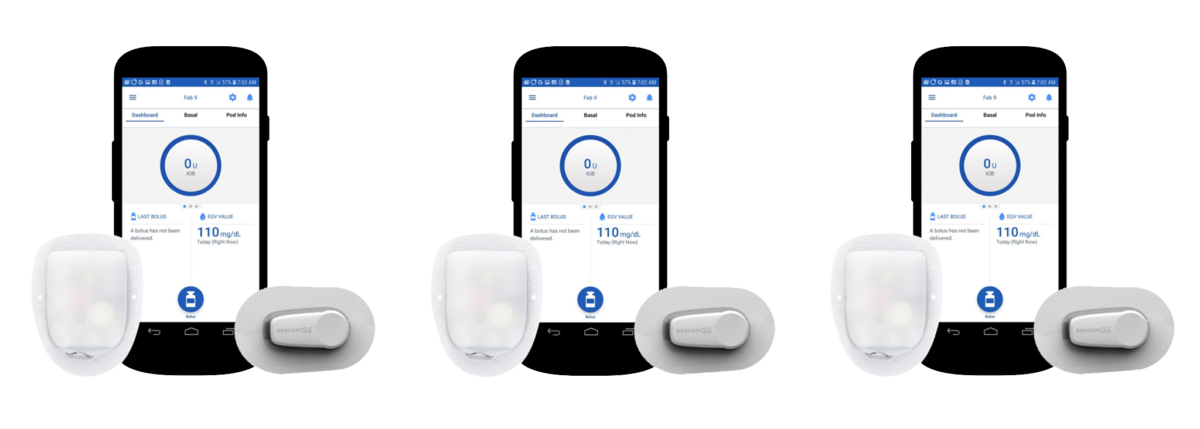FDA Approves Lilly’s Mounjaro: First of its Kind Medication for Treatment of Type 2 Diabetes
Written by: T'ara Smith, MS, Nutrition Education
2 minute read
May 14, 2022
The FDA approved Mounjaro from Lilly, the first GIP/ GLP-1 receptor agonist to treat people with type 2 diabetes.
On May 13th, 2022, the U.S. Food and Drug Administration (FDA) approved Lilly’s Mounjaro (tirzepatide), the first GIP (glucose-dependent insulinotropic polypeptide) + GLP-1 (glucagon-like peptide-1) receptor agonist to treat people with type 2 diabetes. The once-weekly injectable is meant to help improve glucose levels, along with diet, exercise and other factors that contribute to type 2 diabetes self-care and management. As the first and only GIP/GLP-1 treatment of its kind, Mounjaro belongs to a new class of diabetes medications—the first introduced in nearly a decade.
During the SURPASS and SURMOUNT clinical trials, Mounjaro was found to be more effective at helping people reach their A1C targets and promoting weight loss than other type 2 diabetes medications such as metformin, insulin glargine, and insulin degludec and the GLP-1 semaglutide. Its effectiveness was also measured against other medications such as SGLT-2 inhibitors and sulfonylureas.
Results from the SURPASS and SURMOUNT clinical trials include:
- More than half of the participants taking the higher dose lost 20 percent of their body weight compared to only 1.3 percent taking a placebo.
- At best, many participants lost 22.5 percent of their body weight—about 52 pounds from a starting weight of 231 pounds.
- Participants with A1c levels starting at/above 8.0 percent experienced about a 2.5-point reduction. For example: 9.5% down to 7.0%.
- 91 percent of participants achieved an A1c of 7% or lower, while 43 percent achieved an A1c of 5.7% or lower.
“Mounjaro delivered superior and consistent A1C reductions against all of the comparators throughout the SURPASS program, which was designed to assess Mounjaro’s efficacy and safety in a broad range of adults with type 2 diabetes who could be treated in clinical practice. The approval of Mounjaro is an exciting step forward for people living with type 2 diabetes given the results seen in these clinical trials,” said Juan Pablo Frías, M.D., medical director, National Research Institute and investigator in the SURPASS program.
Clinical data reported in SURPASS also showed this new medication improved other metrics such as time-in-range for those who use a continuous glucose monitor (CGM), and liver fat content and visceral fat—which are associated with an increased risk of cardiometabolic health issues.
Mounjaro is expected to be available for use in the United States within weeks, in the form of an auto-injector pen that comes with a pre-attached hidden needle that won’t need to be seen nor handled by patients using it. It will also be available in six different doses: 2.5 mg, 5 mg, 7.5 mg, 10 mg, 12.5 mg and 15 mg.
Side effects of Mounjaro include nausea, diarrhea, decreased appetite, indigestion, abdominal pain and constipation. However, in the trials, only 5 percent of patients reported side effects. If used with another medication that could cause low blood sugar, Mounjaro could also increase the risk of hypoglycemia.
For any questions regarding Mounjaro or any new medication, please consult with your doctor.

Author
T'ara Smith, MS, Nutrition Education
T’ara was diagnosed with type 2 diabetes in July 2017 at the age of 25. Since her diagnosis, she focused her academic studies and career on diabetes awareness and living a full life with it. She’s excited to have joined the Beyond Type 1 team to continue her work. Two years later, T'ara discovered she'd been misdiagnosed with type 2 and actually has latent autoimmune diabetes in adults (LADA). Outside the office, T’ara enjoys going to the movies, visiting parks with her dog, listening to BTS and cooking awesome healthy meals. T’ara holds an MS in Nutrition Education from American University.
Related Resources

Already compatible with Dexcom’s G6 and G7 continuous glucose monitors (CGMs), the Omnipod 5 Automated...
Read more

The younger a person is diagnosed with type 2 diabetes, especially those with obesity, the...
Read more

The Oura Ring, which tracks things like sleep, heart rate, and activity, is joining forces...
Read more

